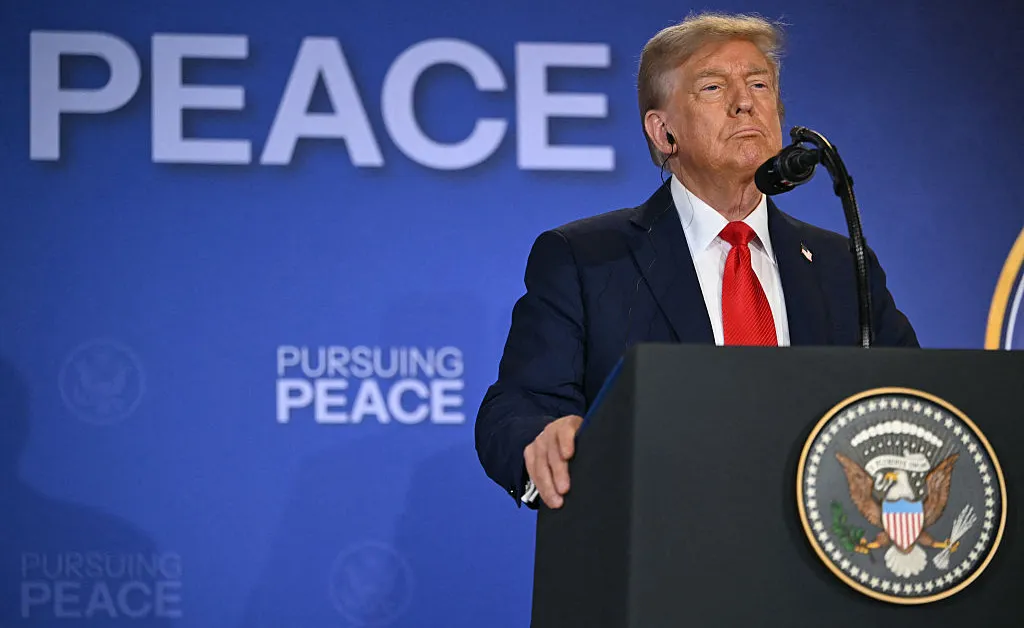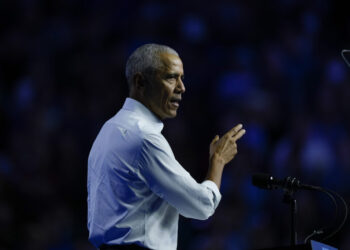Three years and nine months after Russia’s full-scale invasion of Ukraine, the war grinds on. There’s been plenty of news and noise of late. Yet as we approach the end of 2025, a resolution remains a distant prospect, despite recent reports of a U.S.-Russian “peace” plan.
[time-brightcove not-tgx=”true”]
In recent months, the Europeans have done much more to bolster Ukraine’s defense and its economy. In fact, this has gone from a war in which the U.S. provided most of the direct support to Ukraine, to one where the Europeans are today taking the leadership mantle.
But despite skepticism on both sides of the Atlantic that Trump would do much to help Ukraine, Washington too is escalating against Russia. Trump has grown tired of waiting for Vladimir Putin to offer any significant concession, and his Administration not only is continuing to share intelligence with Kyiv but is now permitting Ukraine to use its weapons against targets deeper inside Russia. Successful strikes on energy infrastructure have reduced how much refined product Russia can get to market. Its energy exports are down nearly a quarter from the start of this year.
Read More: Ukraine Can Win the Energy War
The Trump team has also imposed new sanctions on Russian energy giants Lukoil and Rosneft, though these will take time to have a major economic impact. It’s imposing concerted pressure on India, one of Russia’s major remaining energy customers, to cut back on its imports. India appears to be complying. This pressure will cost Russia and its war machine billions, maybe tens of billions, of dollars in years to come.
A shortage of manpower means that Ukraine can’t launch a sustained counteroffensive to retake lost ground. But Ukraine’s access to accurate long-range missiles, and the lack of any apparent Trump Administration prohibition on using them against targets deep inside Russia, have created a major headache for Moscow. Russia’s largest warm-water ports, hundreds of miles from the war’s front lines, are now within range. That matters, because these are Russia’s only crude-oil export terminals that don’t freeze in winter—and the ability of Russian air defenses to protect them remains unproven.
Yet there’s no sign Putin will soon waver in his determination to return Ukraine to Moscow’s orbit, and Russia has proved that it’s willing and able to take punches from the West. We shouldn’t expect that sanctions, a Ukrainian counteroffensive, European resolve, or Trump’s impatience with Putin will force Russia to limit the intensity of its attacks in 2026. It’s also clear across Ukraine that Russia will make this another cold winter—by using more drones and missiles to overwhelm Ukraine’s under-replenished air defenses in order to strike its already damaged power-generation capacity. That’s a blow for both the country’s economy and the morale of its people. Ukrainians are already losing some of their will to fight. In a recent Gallup poll, 69% of Ukrainians said they wanted a negotiated end to the war as soon as possible against 24% who supported a fight to total victory. That’s a near complete reversal from Gallup results from 2022 and 2023.
Unfortunately, an acceptable negotiated settlement won’t happen soon. Putin continues to demand that Kyiv concede even more territory than Russia now holds—and that Ukraine effectively disarm. Both, he surely knows, are nonstarters for Volodymyr Zelensky’s government. Whatever Trump does in the coming months, European leaders expect a continued fight, and it’s becoming more likely that European governments will use up to €140 billion in frozen Russian assets to support Ukraine over the next two years. That’s enough to keep Kyiv in the war.
The Russians will make more modest advances on the ground. Ukrainian civilians will continue to pay a heavy price. Many more Ukrainian and (especially) Russian soldiers will be killed, and Moscow will continue to provoke NATO countries with espionage, sabotage, drone incursions, cyberattacks, and whatever else it believes it can get away with without starting a wider war that the Russians can’t win.
The post Trump’s New Ukraine Peace Plan Is a Nonstarter appeared first on TIME.




